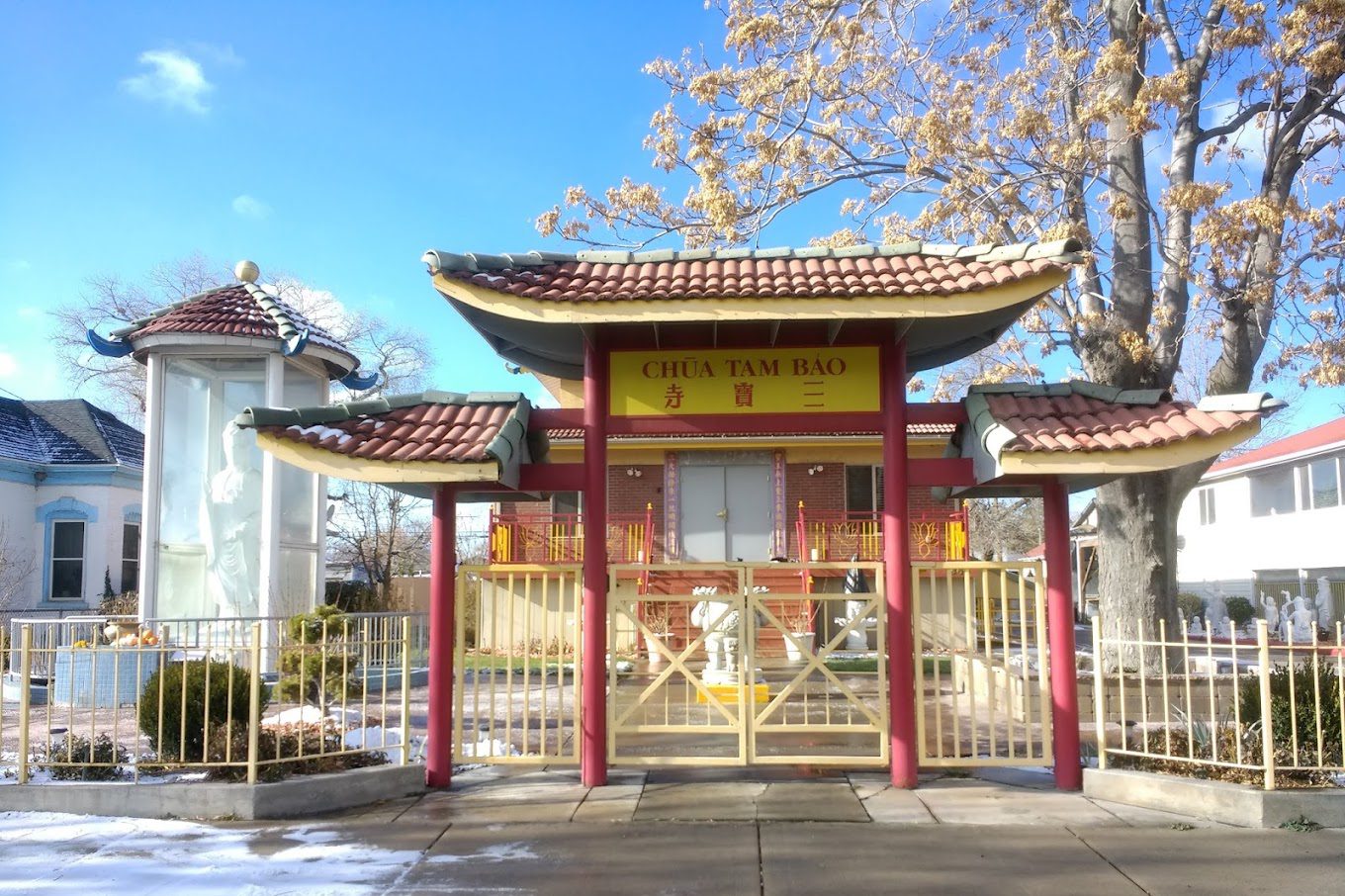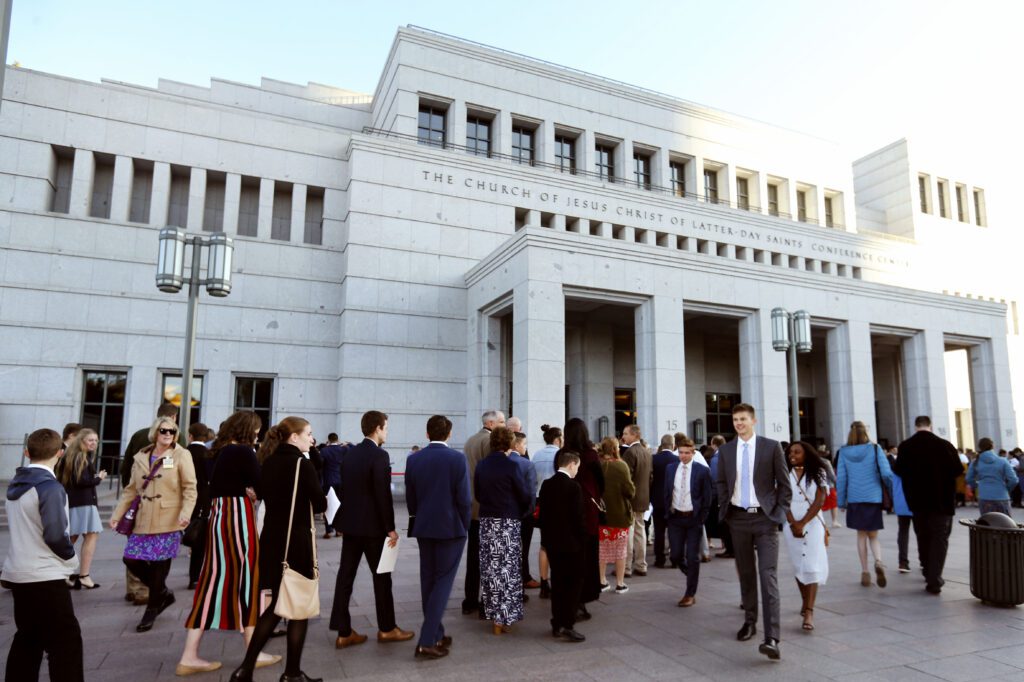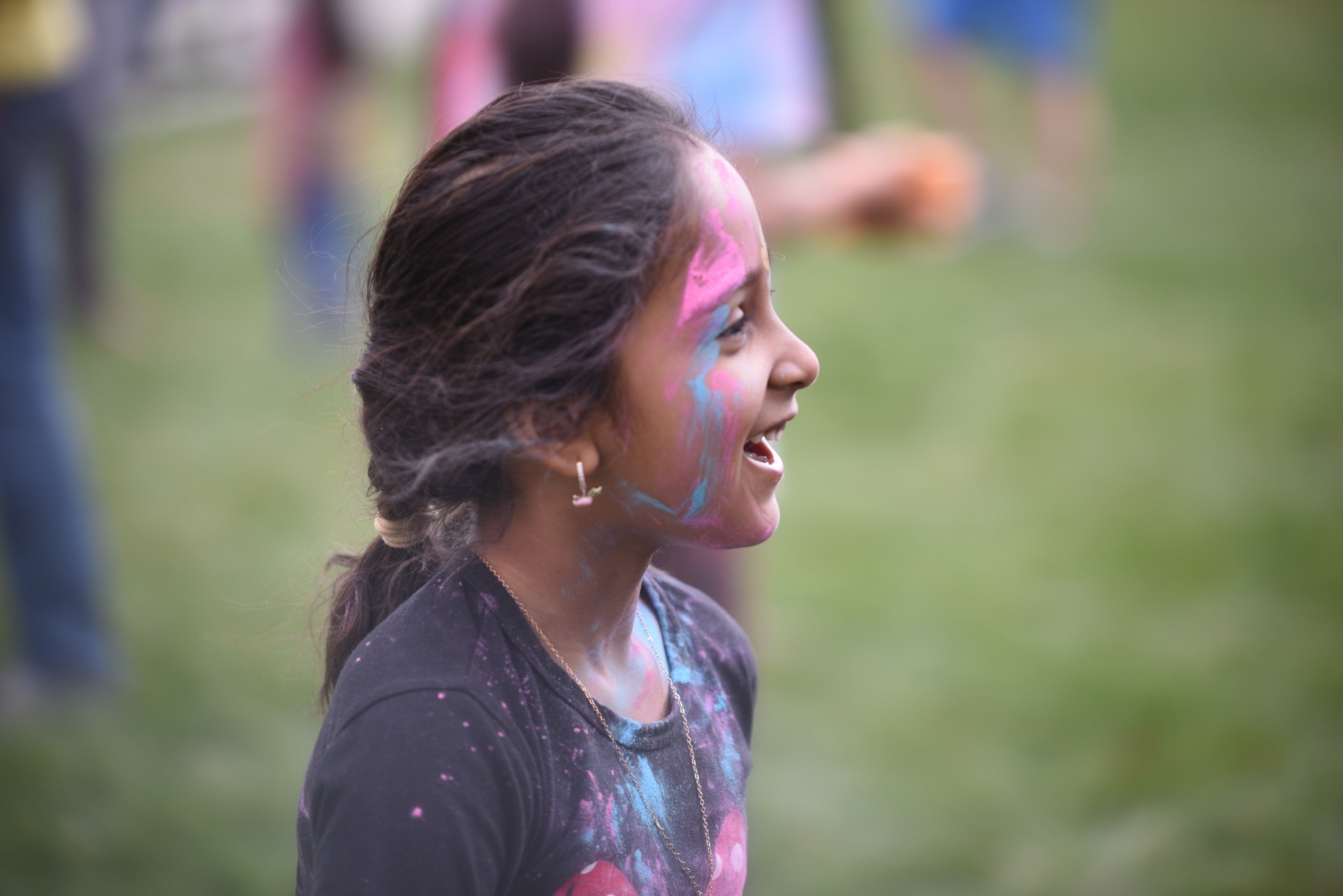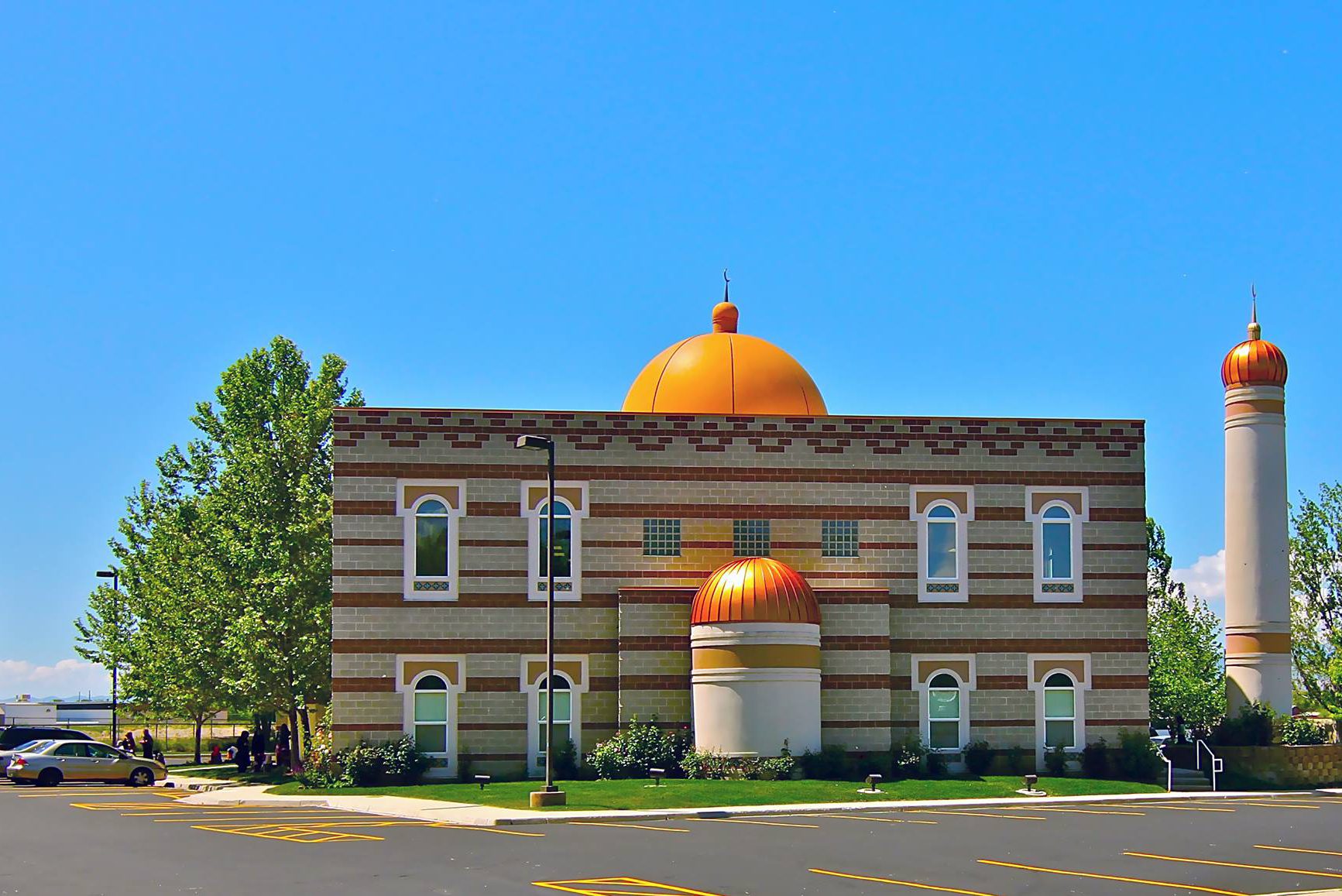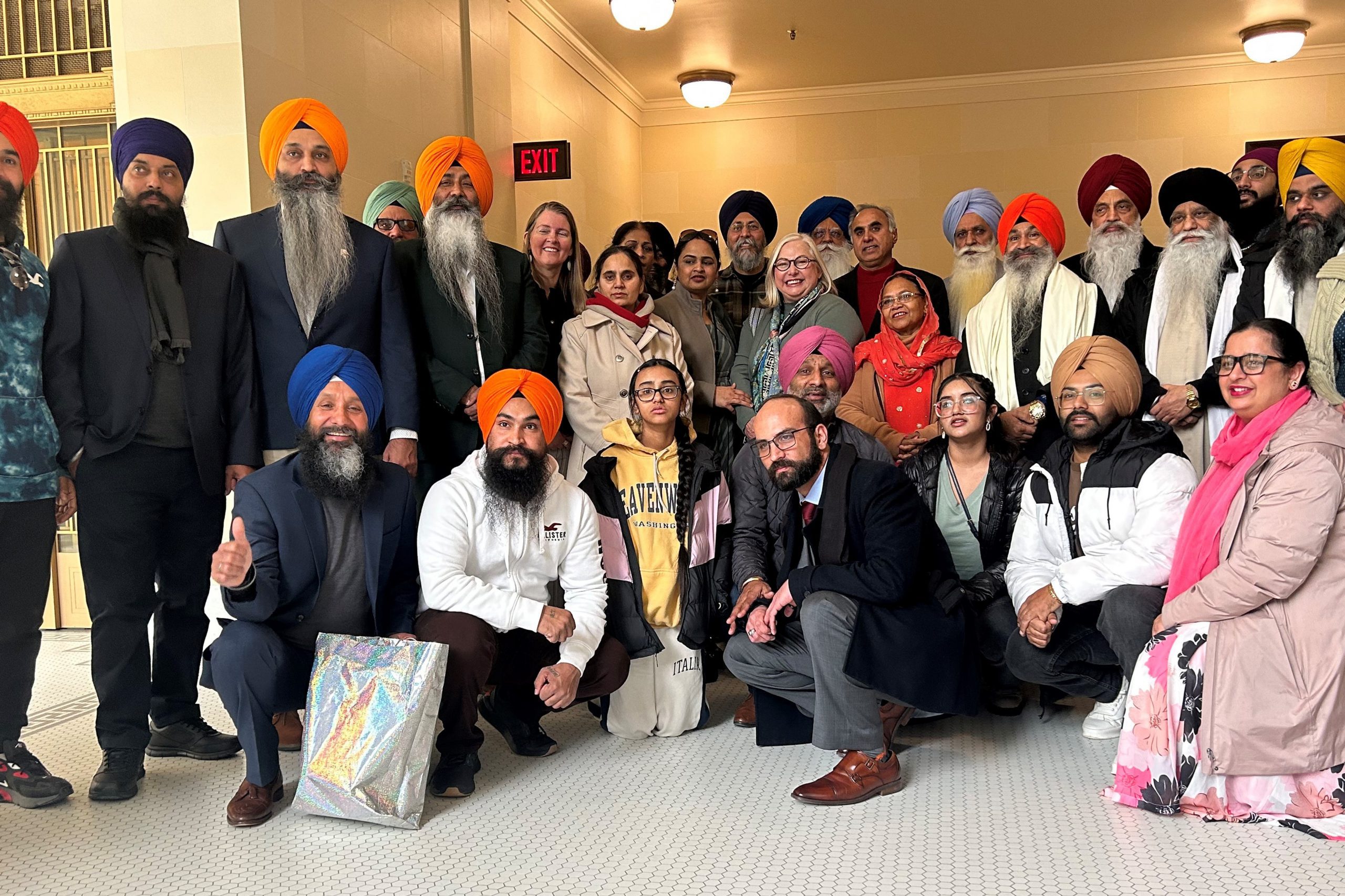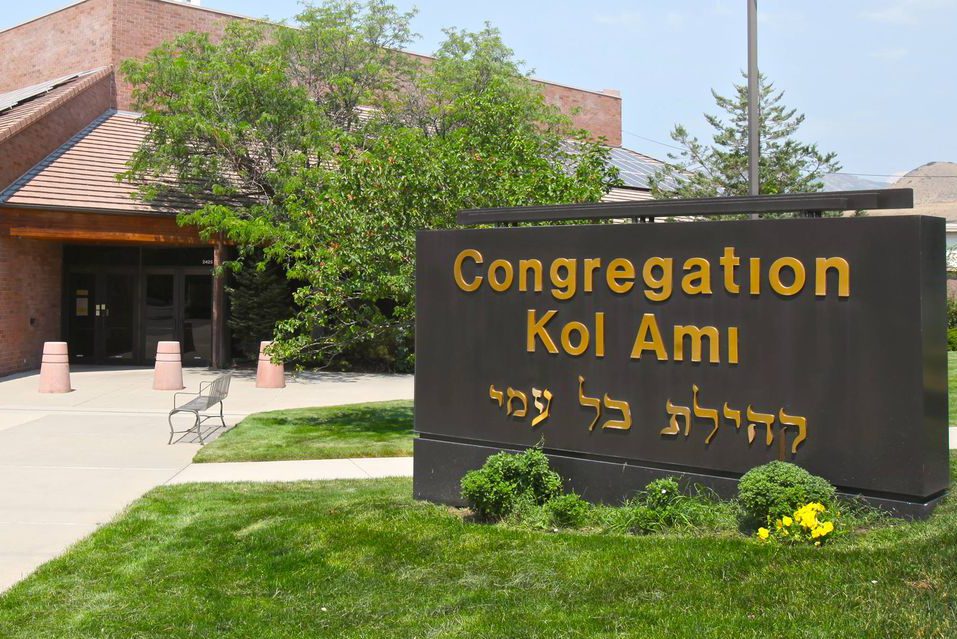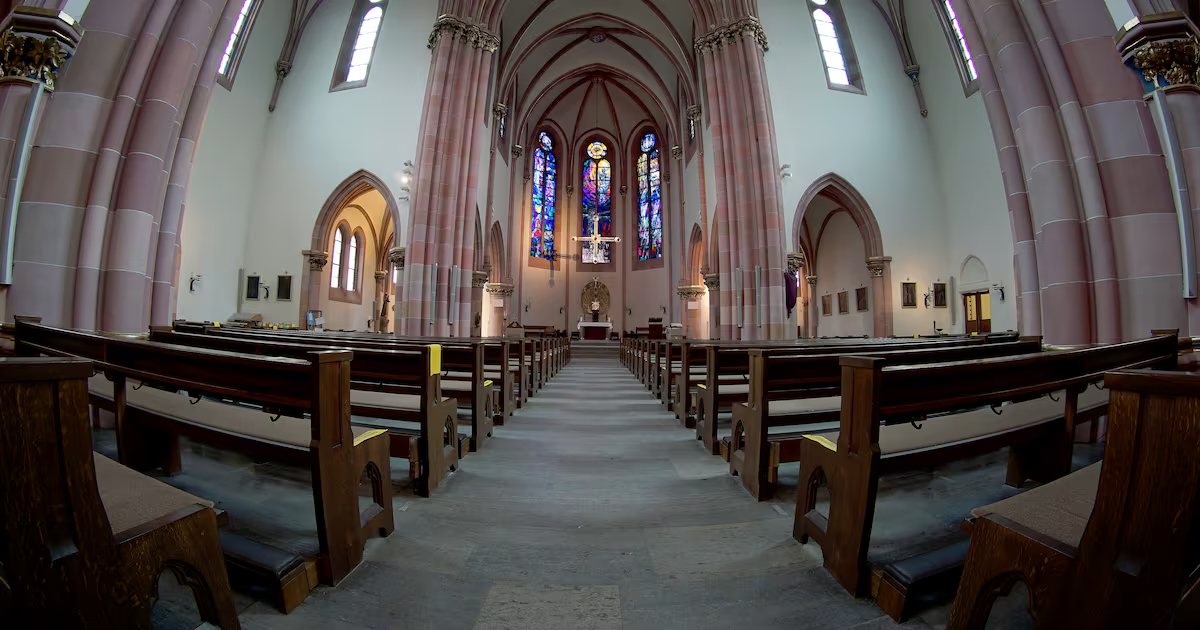Bridging Beliefs
Utah’s Interfaith Communities

Rooted in Tradition: Utah’s Buddhist Community
Amid urban centers and rural areas, Buddhist practices have found anchors in the Mountain West. The strong interconnectedness of Buddhist community members can be witnessed by attending meditation sessions, talks, or community ceremonies. To Vietnamese community members, the Chùa Tam Bảo Temple is integral to practicing faith in the Salt Lake Valley. Others gather at the Salt Lake Buddhist Temple, whose members include some early Issei or first-generation Japanese pioneers.
Utah Latter-Day Saints: Deep History of Faith
In an effort to flee religious persecution, members of The Church of Jesus Christ of Latter-day Saints traveled across the plains to settle in Utah, then a Mexican territory. When Utah Territory was granted statehood in 1896, the majority of residents were members of the Latter-day Saint faith. Now the church’s influence spreads worldwide, carrying forward a legacy of service, industry, and pioneer-era heritage that’s deeply anchored in Beehive State culture.
Hinduism in the Beehive State
Hindu communities are visible through local temples and cultural centers, which host annual celebrations such as Diwali and Holi. Spanish Fork’s Shri Shri Radha Krishna Temple is world-renowned for hosting one of the largest Western Hemisphere celebrations of the Holi Festival, also known as the Festival of Colors.
Utah’s Connected Muslim Community
Utah’s Muslims have created vibrant community spaces where their faith flourishes and their voices resonate. From the mosques in Salt Lake City to events such as community Iftars (evening meal of Ramadan), there’s a visible commitment to faith and community. Some community organizations, such as the Islamic Society of Greater Salt Lake, Utah Islamic Center and the Utah Muslim Civic League, serve as community hubs. Utah celebrated its first Utah Muslim American Heritage Month in 2023.
Sikhs in the Beehive State: Sikhism in Utah
Connections Across the Slopes: Utah’s Jewish Community
Jewish communities across Utah are growing, anchored in rich cultural traditions and values that resonate across generations. Several early Jewish settlers were first drawn to Utah after experiencing the 1849 gold rush in California, while other families came to the area after the completion of the transcontinental railroad in 1869. Utah’s first formal Jewish congregation, dubbed Congregation B’nai Israel (Children of Israel), was established in 1873.
Greek Roots, Utah Soil: The Orthodox Faith in Utah
Utah’s Greek Orthodox churches offer community gathering centers for members of Utah’s Greek community. Salt Lake’s Holy Trinity Greek Orthodox Cathedral is among the oldest church buildings in the state, dating to 1923, and listed on the National Register of Historic Places.

Keep Making Connections: News and Stories
Magnify Utah’s Community Pages capture organizations that support communities through resources, connections, and opportunity-building. The information does not necessarily reflect the views or opinions of the Utah Department of Cultural and Community Engagement (CCE), Utah Division of Multicultural Affairs, or divisions associated with CCE. The intent of this resource is to centralize information, not to endorse. The Utah Division of Multicultural Affairs reserves the right to accept or reject any submission or suggestion that does not align with the mission of Magnify Utah.

